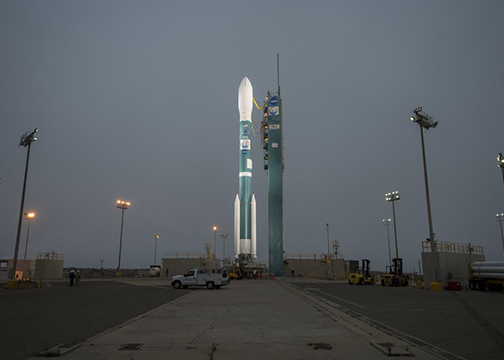Originally published by NASA Administrator Charlie Bolden
***
The Orbiting Carbon Observatory-2 (OCO-2), launched July 2, is the first NASA satellite dedicated to studying atmospheric carbon dioxide. OCO-2 data will help reduce uncertainties in forecasts of future carbon dioxide buildup in the atmosphere and help make more accurate predictions of global climate change. With up to 100,000 measurements per day, the satellite will provide new insight into locations and behavior of both carbon dioxide sources and “sinks” where it is absorbed on regional scales.
OCO-2 joins Japan’s Greenhouse gases Observing SATellite (GOSAT), launched in 2009, to measure atmospheric carbon dioxide. The missions use different measurement approaches that together will help scientists better understand this important greenhouse gas and its impacts on our present and future climate.
The launch marks the second of five Earth Science missions planned for this year, the most Earth observatories sent to space in any given year of the past decade.
OCO-2 will be part of the “A-train” of satellites flying in formation that observe the planet globally on a daily basis. The fleet of Earth-observing satellites, along with NASA airborne missions, ground observations, and researchers will help answer some of the critical challenges facing Earth today and in the future: climate change, sea level rise, freshwater resources and extreme weather events.
Data and applications for societal benefit produced from NASA’s investment in Earth science research are directly accessible to decision-makers and stakeholders around the world anytime, anywhere.



